The Suffolk Coast AONB: A landscape shaped by Man and Nature, in peace and in power
James Fisher takes a look at the Suffolk Coast and Heaths AONB.


Felixstowe never sleeps, a constant mechanical hum of human excess, container after container being loaded and unloaded, protected by the curving sea defences. In stark contrast is the silence, a few miles north at the mouth of the River Deben, of this AONB, some 170 square miles of estuaries, coasts and communities.
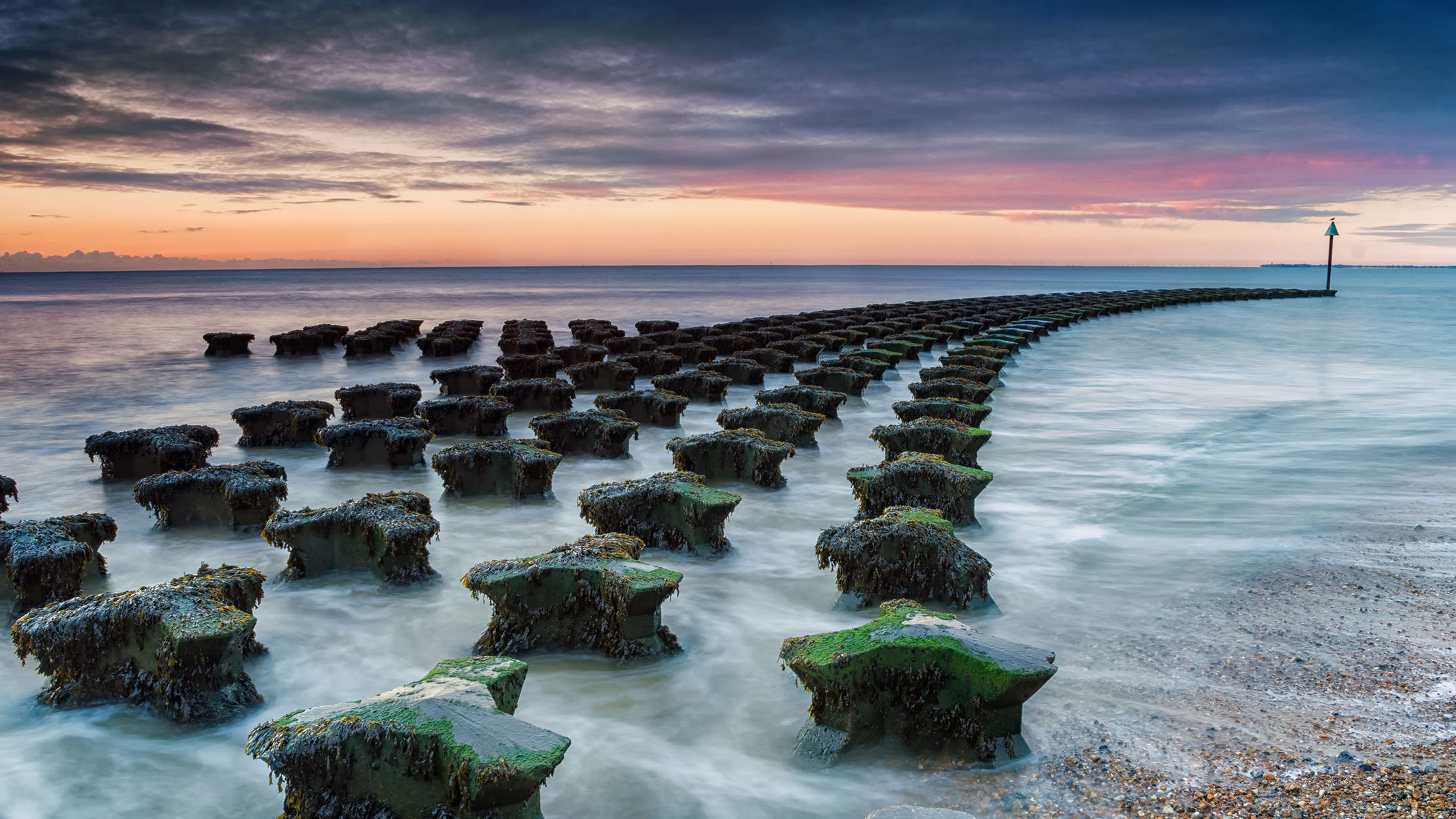
This is a landscape defined by the sea, the war and the atom. Victorian Bawdsey Manor is the imposing home where Robert Watson-Watt perfected and then deployed the first radar system, allowing Britain and the RAF to fight back against wave after wave of Luftwaffe bombers. Bloodhound missiles, to deter and destroy incoming nuclear bombers of the Soviet Union, remained until 1990.
Britain had nuclear bombers of her own, too, and it was at Orford Ness that the detonators were tested. Looking out over the sandbar spit, now a nature reserve, the ominous shapes of the pagodas loom large, a classical landscape that serves as a warning and a reminder of just how close we came to annihilation. Atoms for war and atoms for peace are here, the cooling towers of the Sizewell reactors looming, producing power for millions in East Anglia.
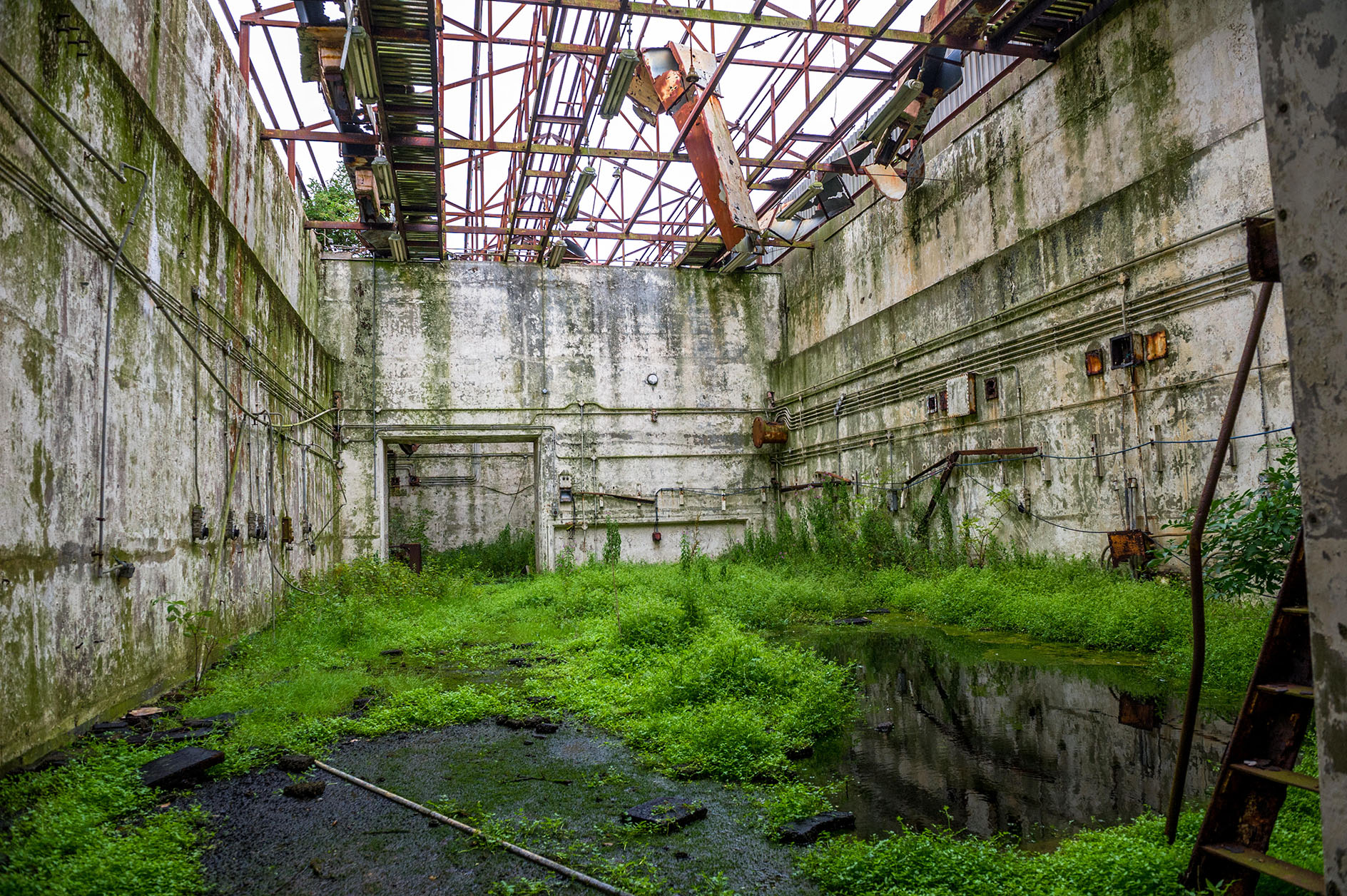
The nuclear age was far from the first military installation in this corner of East Anglia. Orford Castle, built by Henry II in 1165 to consolidate his power in the region, is believed to be of a Byzantine design. Only the central keep remains; legend tells of the Wild Man of Orford, a merman imprisoned there in the 12th century.
As man has sculpted this landscape, so has Nature, with both peace and power. Minsmere, Orford, Westleton and Benacre are reserves that bristle with wildlife, such as the marsh harrier, nightjar and stone curlew.
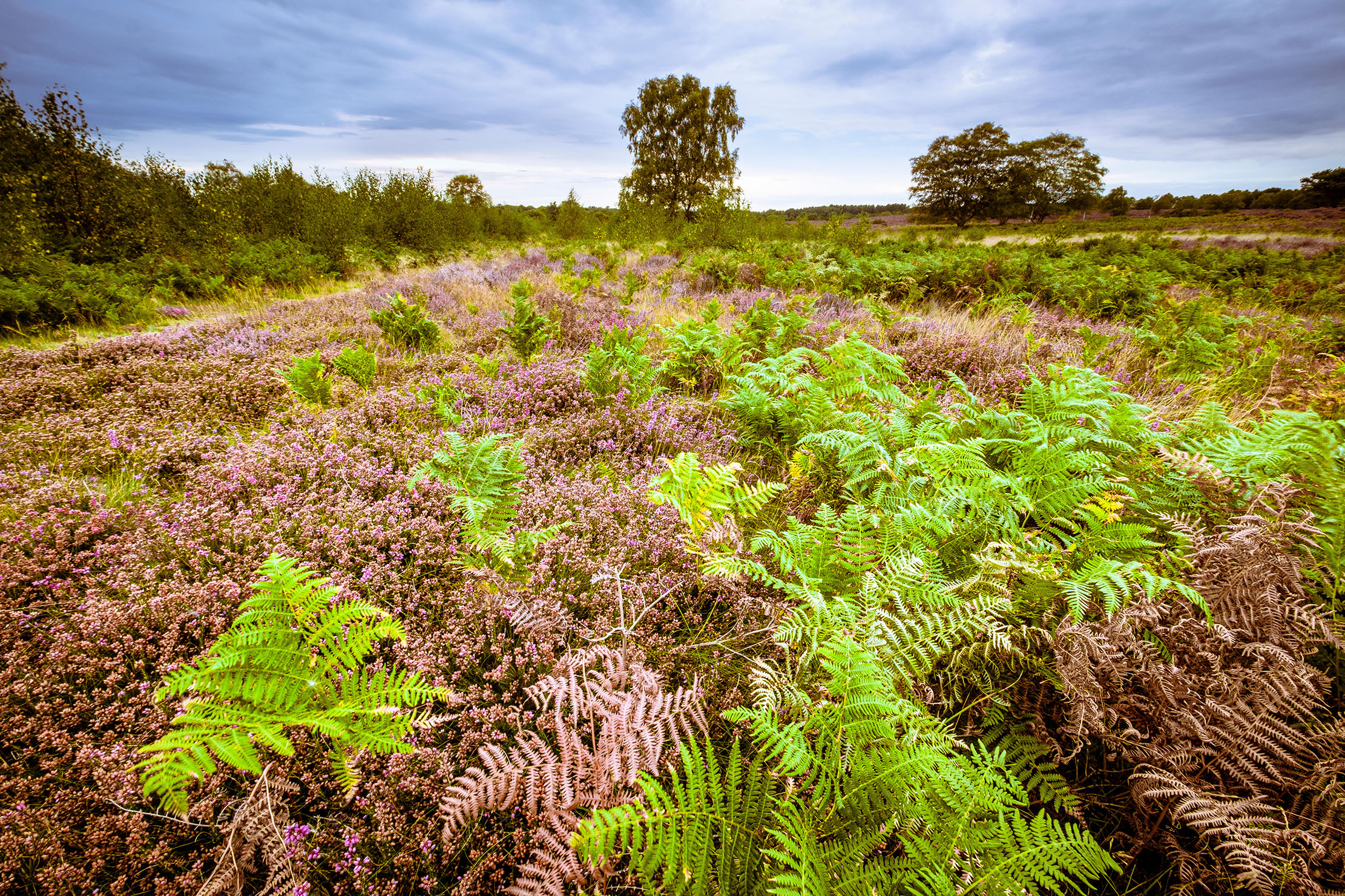
We have made our own place here, too, at Aldeburgh, Thorpeness, Walberswick, Covehithe, Dunwich, Snape and Southwold, peaceful seaside towns, rich in heritage and the Arts, that permit and encourage a slower pace of life.
In Dunwich, there’s a reminder that no matter how strong we think we are, Nature will forever remain stronger — once the capital of East Anglia and comparable to London, storms and the sea washed it away in little over a year in the late 13th century.
Exquisite houses, the beauty of Nature, and how to get the most from your life, straight to your inbox.
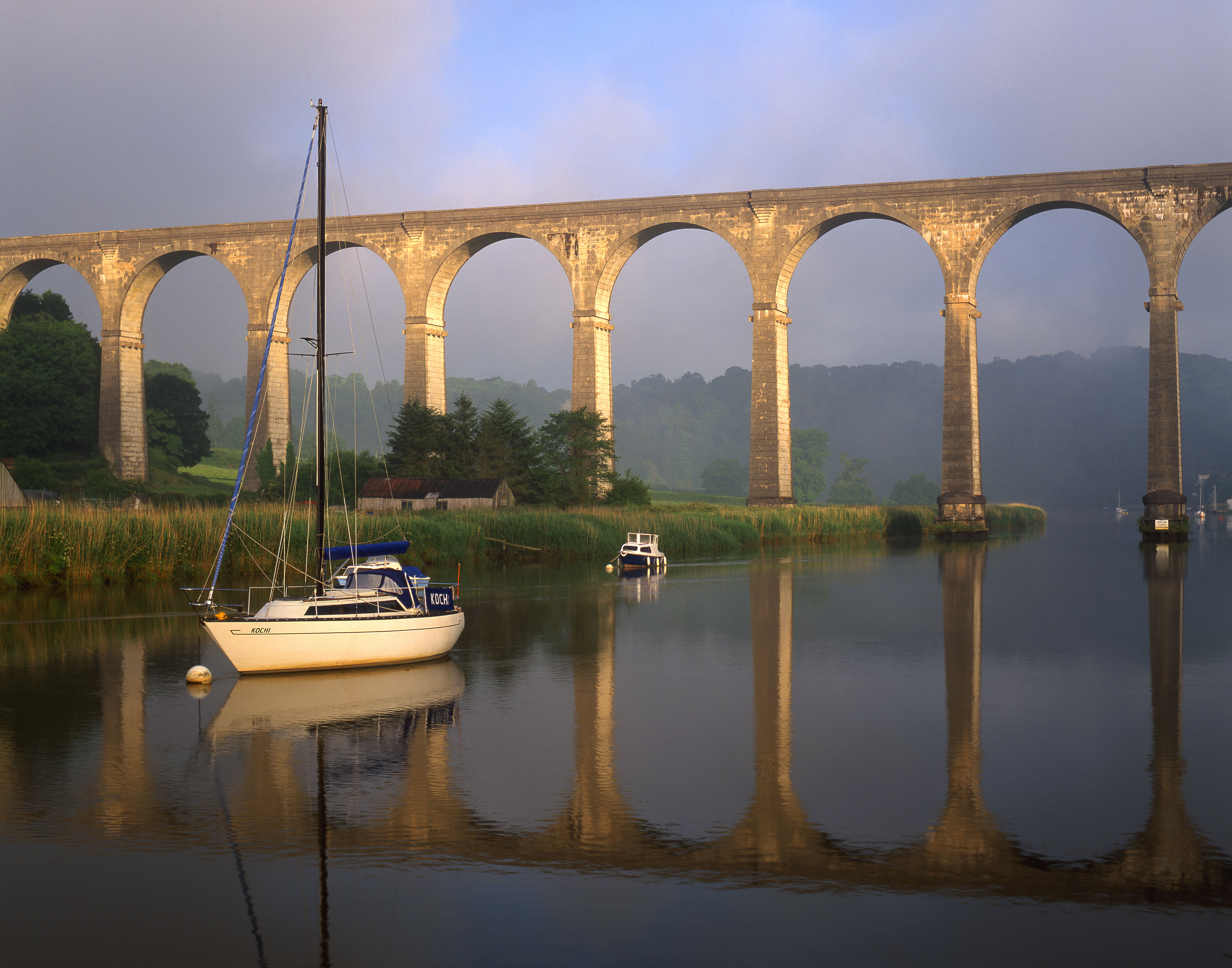
The Tamar Valley AONB: Mines, otters and the ghost of a 'black widow' who roams the moors in a carriage of bones
Kate Green focuses on the Tamar Valley AONB.

The Kent Downs AONB: One of Mother Nature's works of art, from the famous White Cliffs to the wildlife of the Garden of England
Victoria Marston takes a look at the magnificently beautiful Kent Downs AONB.
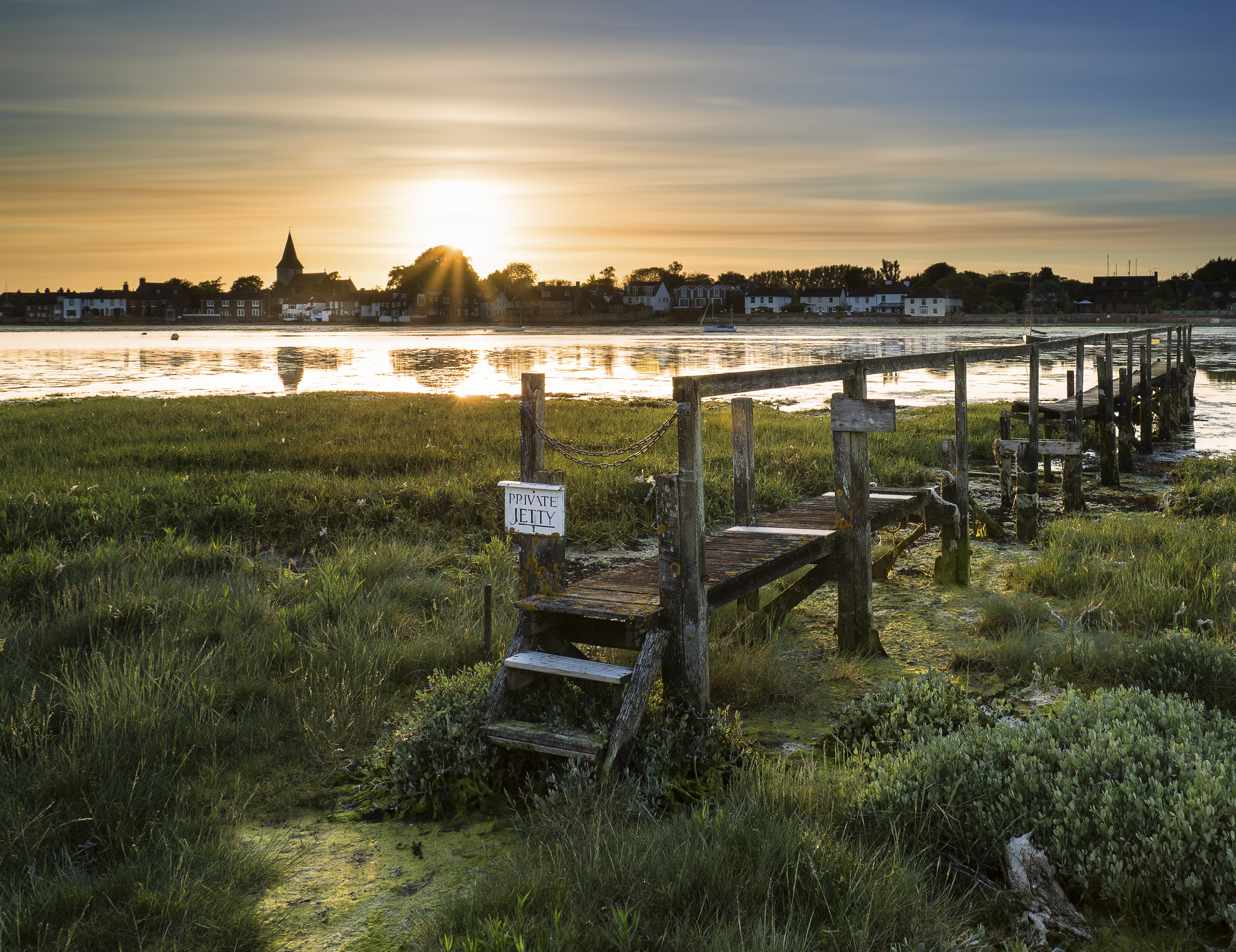
The Chichester Harbour AONB, a slice of Sussex where nature, beauty and history come together
Rosie Paterson takes in the all-too-often overlooked Chichester Harbour.

James Fisher is the Digital Commissioning Editor of Country Life. He writes about motoring, travel and things that upset him. He lives in London. He wants to publish good stories, so you should email him.